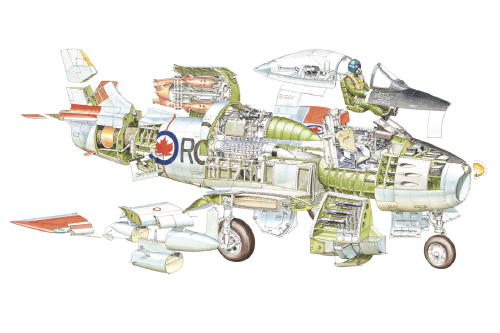The Drive on Stalingrad (June 1942 - February 1943)
The Drive on Stalingrad (June 1942 - February 1943)
 Case Blue (German: Fall Blau) was the German codename used by the German Armed Forces (Wehrmacht) for its 1942 strategic summer offensive in southern Russia that lasted between June 28th and August 19th, 1942.
Case Blue (German: Fall Blau) was the German codename used by the German Armed Forces (Wehrmacht) for its 1942 strategic summer offensive in southern Russia that lasted between June 28th and August 19th, 1942.
The offensive was so named because German military plans were "cases", or solutions to problems. The operation was a continuation of Unternehmen Barbarossa (Operation Barbarossa) and, in this case, Army Group South (Heeresgruppe Sud) of the German Army (Wehrmacht Heer) was sub-divided into Army Groups A and B (Heeresgruppe A and B). The German offensive faced two problems: the continued resistance of the Red Army which now occupied a defensive position west of the Volga river (a significant logistic waterway), and the demand by German dictator Adolf Hitler for securing the Caucasus oil fields.
The operation plan was challenging for the German army groups in that they were required to achieve two goals, in poorly developed area of operations thousands of kilometers from Germany and facing five Soviet Fronts (similar to a German army group). These fronts, from north to south, were: Voronezh, Southwestern, Don, Stalingrad and Transcaucasian. The Baku oil fields had to be reached by crossing the Caucasus mountains.
Initially the German offensive met with spectacular gains. However, the Red Army defeated the German Army at Stalingrad following operations Uranus and Little Saturn. This defeat forced the Axis to retreat from the Caucasus for fear of being trapped themselves. Only Voronezh remained tentatively occupied by Axis troops.
|





 Case Blue (German: Fall Blau) was the German codename used by the German Armed Forces (Wehrmacht) for its 1942 strategic summer offensive in southern Russia that lasted between June 28th and August 19th, 1942.
Case Blue (German: Fall Blau) was the German codename used by the German Armed Forces (Wehrmacht) for its 1942 strategic summer offensive in southern Russia that lasted between June 28th and August 19th, 1942.